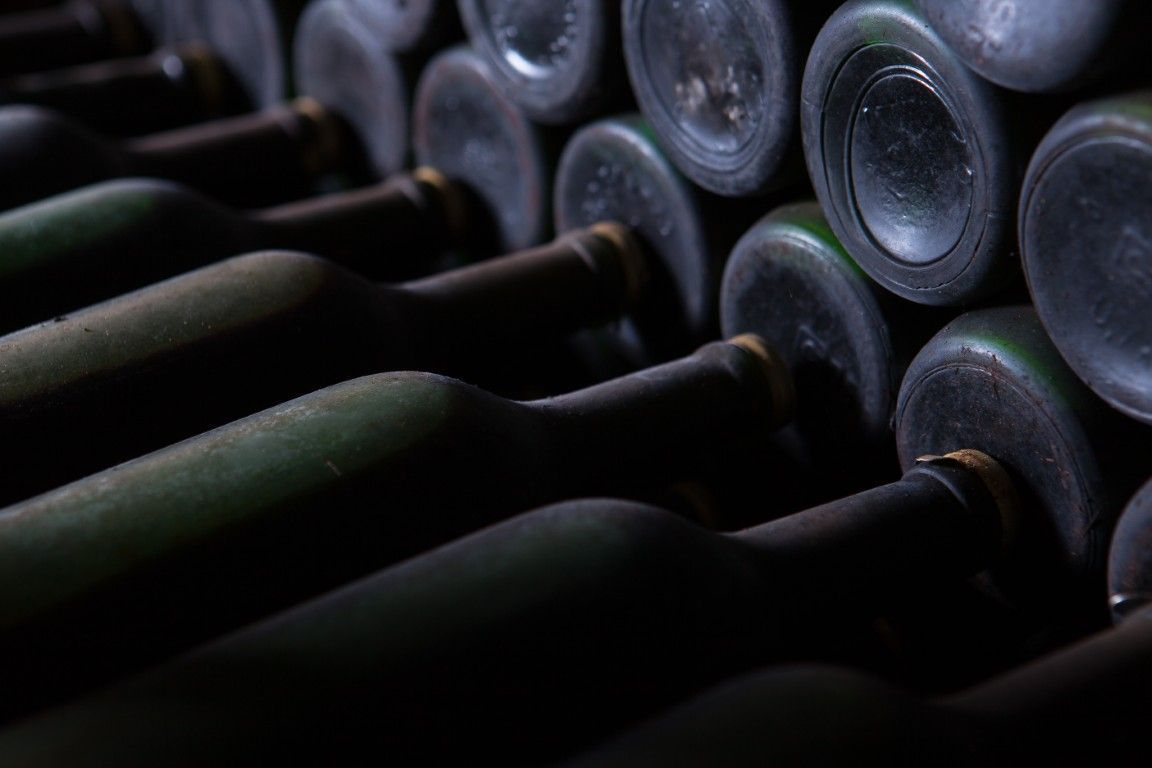Today, we’re talking about the stopper’s spike. The stopper is not just an accessory for a wine, liquor, or any other liquid bottle that we want to preserve with all its properties over time.
The spike of the stopper plays an essential role in maintaining the quality of the packaged product. Thanks to its shape, the stopper fits perfectly into the bottle, preventing air from entering. This is crucial to avoid the premature oxidation of the wine or other liquids’ compounds.
At the same time, the quality of the material and the shape of the spike are especially important for controlled extraction of the stopper when we want to pour or consume the contents and reseal it afterward. This ensures no splashing or loss of the product’s organoleptic properties.
Let’s dive into all the aspects surrounding an important part of bottle stoppers: the spike.
What is the spike of a stopper?
The spike is the bottom part of the stopper, which is inserted into the bottle to seal its contents.
The spike is the part of the stopper responsible for hermetically sealing the bottle. Moreover, the spike plays a significant role in preserving the color, aroma, and flavor of the contents, ensuring they are not altered by oxygen or other compounds entering through the bottle’s mouth.
Function of the stopper’s spike
In cork and synthetic stoppers, the stopper serves the same purpose, but its performance differs based on the material used. The properties of airtightness, flavor and aroma retention, durability, and consistency vary.
Airtightness
As mentioned earlier, the main function of the spike is to provide a completely airtight seal, expanding against the glass as it is inserted into the bottle neck, leaving no space and fully sealing the opening.
Synthetic materials allow for a more uniform and watertight seal compared to cork. Moreover, they do not have porosity, which maximizes impermeability.
Aroma and flavor retention
Thanks to the seal, the stopper is able to retain the original aromas and flavors of the beverage for a longer time. This is particularly important for drinks like wine or spirits, where maintaining sensory quality is essential.
By preventing oxidation, the spike keeps the beverage’s nuances and flavors fresh as they were when first bottled.
Natural cork provides an excellent seal, as its long history proves, but in some cases, manufacturing defects or the natural material’s lack of homogeneity can lead to contamination, directly affecting the content’s flavor and aroma.
Durability
There are some durability differences between natural and synthetic materials. Synthetic stopper spikes tend to be more durable than cork. Since they are made of non-porous materials, they do not fragment due to the acidity of the contents or structural defects, and they retain their elasticity and insulating properties.
Consistency
Since they are artificially made under controlled processes, synthetic spikes have greater consistency in their physical properties. This allows for uniform quality across stoppers, unlike the natural variations in cork.
This standardization ensures that each spike functions correctly in the bottles.
Types of synthetic stopper spikes
Before wrapping up this overview, let’s take a look at some common types of stopper spikes based on their intended use. The spike’s shape is not just an aesthetic element; it also affects its functionality and properties.
Cylindrical spikes
These are the most common in wine bottle stoppers. They have a straight cylindrical shape to fit tightly into the bottle neck. They provide a seal through axial compression, meaning they press perpendicularly against the glass.
Conical spikes
These have a conical shape to create a sealing effect through radial friction. They are used in screw stoppers or crown-effect stoppers.
Double-diameter spikes
They feature a larger diameter segment to improve grip and sealing. They are most common in T-shaped wine stoppers.
O-ring spikes
These incorporate an O-ring seal to enhance airtightness. They are used in high-barrier stoppers for sensitive products. They are named after the toroid shape of the ring.
Advantages of synthetic spikes
Compared to natural cork, synthetic spikes offer several advantages:
- Greater uniformity and consistency across stoppers.
- Better quality control.
- Improved airtightness and durability.
- Reduced microbial contamination.
- No transfer of unwanted aromas.
- Customizable colors and prints.
- Sustainability through the use of recyclable materials.
The importance of synthetic stopper spikes according to the contents
Now that you know the types of spikes and their benefits, it’s the perfect time to discover their importance depending on the bottle’s contents, especially for synthetics.
The spike in wine stoppers
Synthetic spike corks are the modern alternative to cork for still, sparkling, and fortified wines. The high quality of the material and manufacturing ensures perfect wine preservation.
Spirits
Stoppers made from polymers seal liquors, spirits, sparkling wines, and all kinds of distilled beverages perfectly.
The spike in oil and vinegar stoppers
The airtightness of these stoppers preserves the freshness and properties of oils and vinegars for longer.
Cosmetics and perfumes
Synthetic stoppers with specific spikes for cosmetic products are ideal for a secure seal without losing aromas or properties.
Gourmet products
They are used to seal sauces, condiments, jams, etc., thanks to their high food safety.
The spike in pharmaceutical products
Synthetic materials used in stoppers guarantee the inviolability of syrups, droppers, and other sensitive pharmaceutical products for which cork cannot be used due to the high risk of altering the product.
As we have seen, synthetic spikes are an essential component of modern synthetic stoppers, offering numerous benefits in terms of performance, quality, and versatility. Their adoption as an alternative to natural cork has greatly driven innovation in the bottle-sealing industry.





